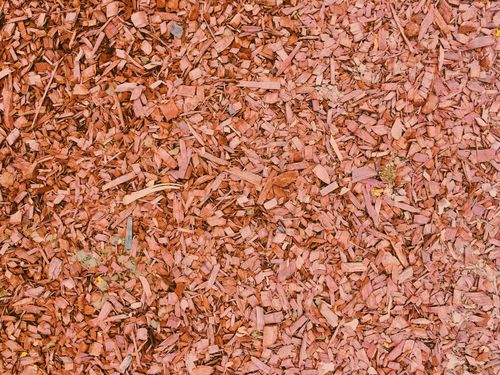Comstock Inc, a biomass technology company, is gearing up to build a fleet of plants that will use yield-enhancing new technology to process woody biomass into an intermediate product that can be further refined into clean fuels.
The company, traditionally a miner focused on gold and silver mining in Nevada, has been transformed into a technology innovator seeking to build, own, and operate a portfolio of carbon neutral extraction and refining facilities in the US, CEO Corrado De Gasperis said in an interview.
“We’re finalizing all of our documentation on readiness and engineering, and then we’ll be working to select an EPC, and then we’ll be ready to bond and finance,” he said.
Comstock, which trades on the NYSE, is currently engaged in the process of securing access to feedstock, and has mapped out nine regions in the U.S. which, combined, produce between 85 – 100 million tons of woody biomass residuals per year.
In parallel, the company is seeking to incentivize growth of trees like hybrid poplar that can be used as feedstock in the future, De Gasperis said. “We’re going to be building the backend of the supply chain with a feedstock strategy, accessing existing residuals, and then building these facilities,” he added.
In Minnesota, for example, there are around 300 sawmills with no place to send their sawdust and excess woodchips following the closure of several wood-to-energy plants, said David Winsness, a president at Comstock.
“Those are the materials that shouldn’t be sitting there – we should be converting them into fuel,” Winsness said.
Building plants
The company has set an objective to generate “billions” in revenue by 2030 – something it would achieve largely through building and operating the woody biomass plants near where the feedstock is located. Comstock also sells related services and licenses selected technologies to strategic partners.
Using simple math, Comstock could achieve its revenue goal by building and operating 10 facilities that produce approximately 1 million tons of clean fuels per year.
A plant producing 1 million tons per year would require capex of between $600m – $750m to build, and would likely be constructed using a project finance funding model, De Gasperis said. The company has not yet selected a financial advisor.
De Gasperis believes large refiners will want to co-build the facilities along with Comstock – which could also entail a strategic equity investment from the selected refiner and lead to a faster construction process.
“Speed and throughput is the goal,” he said, noting that the company has been engaged with roughly 12 of the large clean fuels refiners on a potential partnership. “The faster we’re producing these carbon-neutral gallons, the faster we’re decarbonizing, and the faster we’re making money.”
The company has private equity funds and infrastructure funds on their radar as potential investors but has not engaged with them yet.
The other half
Comstock’s technological breakthrough comes in its ability to produce a biointermediary – called bioleum – from a part of the woody biomass that is not cellulose, and which can be used to produce drop-in fuels. (Importantly, under new EPA rules implemented in June 2022, biointermediaries such as bioleum can be sold on to refiners, whereas previous rules required co-location with the refineries.)
“Cellulose only counts for 50% of a tree,” said Winsness. “For every gallon of fuel generated from cellulose, we’re getting another gallon from the byproduct. It’s a huge change for the industry to be able to get that much more throughput from the same amount of biomass.”
The Department of Energy recently issued a funding opportunity for projects that can produce more than 60 gallons of ethanol from 1 ton of wood feedstock, De Gasperis said.
“We saw that and we said, ‘We’re already there. We can do much more,’” he added.
Comstock can currently produce about 70 gallons of ethanol from 1 ton of wood, using cellulose. Meanwhile, with the non-cellulose half of the wood in 1 ton of feedstock, the technology can produce an additional 30 – 40 gallons of renewable diesel or aviation fuel.
The company has partnered on a process to convert ethanol to drop-in fuel, with the ultimate goal of producing 100 gallons of drop-in fuels from 1 ton of wood feedstock, according to De Gasperis. “All of our development is to stabilize the breakthrough we had on the bioleum – the heavy cellulose components of the wood is where our technology breaks through and shatters this.”





